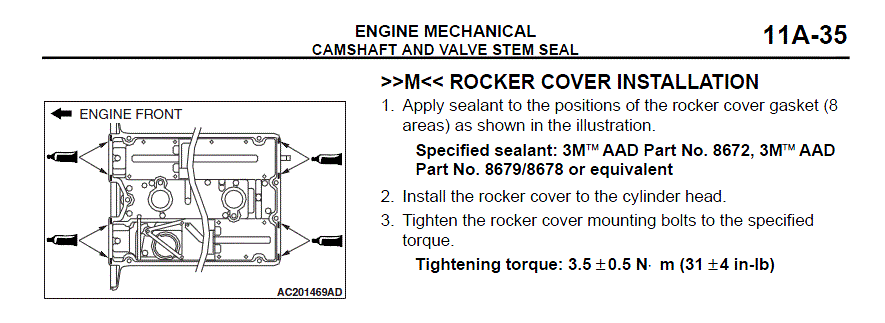

Over torque causes the insulator nose to overheat and start pre-ignition. Some of the consequences of spark plug over-torque can include: The most visible effect will be damage to the plug itself, in particular deformation to the metal housing, which can lead to thread damage and breakage.Ī spark plug damaged by over-torqued installation will not function as intended, and should be replaced immediately to avoid engine damage. If spark plugs are installed over the recommended torque, the plugs will be subject to high stress loads, which can trigger a wide range of issues. What happens when too much torque is applied? This restricts the ability to transfer heat to the shell and cylinder head, causing the insulator nose to overheat and starting pre-ignition. In most cases of under-torque, the vibrations inside the spark plug cause the ground electrode to break down, causing serious damage to the part. If spark plugs are installed below the recommended torque levels, they will not be fully seated in the cylinder head and this will delay the pace of heat dissipation. What happens when not enough torque is applied? Figure 1 shows how heat is transferred for a spark plug fitted with the correct torque.įigure 1: When functioning properly, a spark plug’s heat exchange function results in this heat energy flow

The amount of torque required can vary by manufacturer so it is important that not all spark plugs are fitted in exactly the same way. When manufacturer instructions are closely followed, spark plugs will function correctly, successfully transferring heat out to the shell and cylinder head accordingly. It is essential that technicians consult the manufacturer’s handbook or specification sheet to understand the precise amount of torque required for installation. A secure fastening, where the spark plug is fully seated in the cylinder head, is essential to the spark plug’s capability to transfer heat out of the combustion chamber. Applying the right torque when fitting spark plugs is critical to ensuring a secure fastening DENSO always recommends using a torque wrench to achieve the correct installation torque setting. Installation torque is a measure of force acting on an object, which causes that object to rotate during installation. This article outlines the recommended way to apply torque to a spark plug installation and the consequences of under and over-torque. While installing spark plugs should be a relatively straightforward task for any skilled technician, applying the right torque is not so simple and requires particular care and attention. One is to ignite combustion to start the engine and the other is to move heat away from the combustion chamber. Spark plugs play a critical role within the ignition system of petrol vehicles, with two main functions. DENSO reveals why it’s so important to get spark plug torque just right


 0 kommentar(er)
0 kommentar(er)
